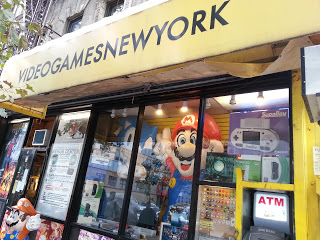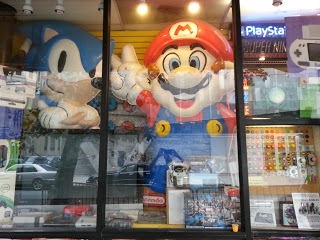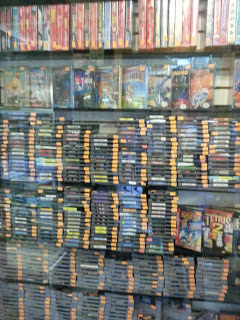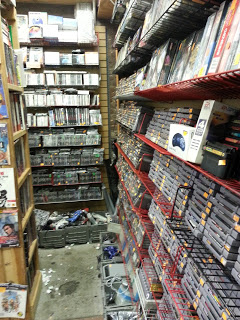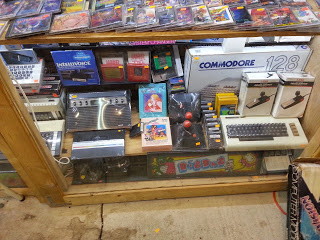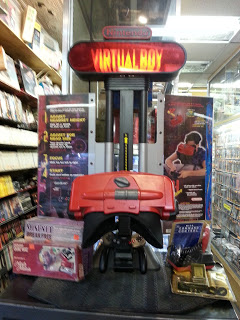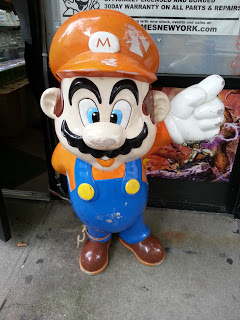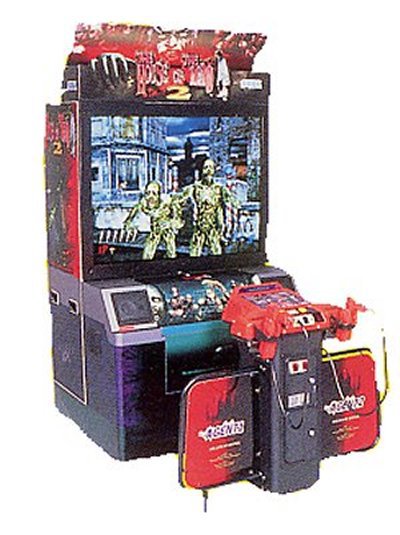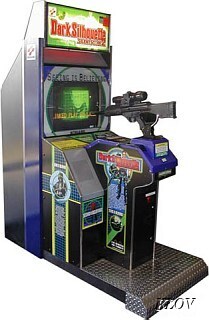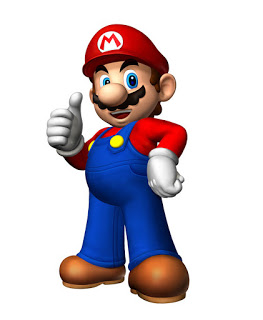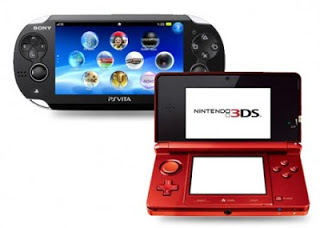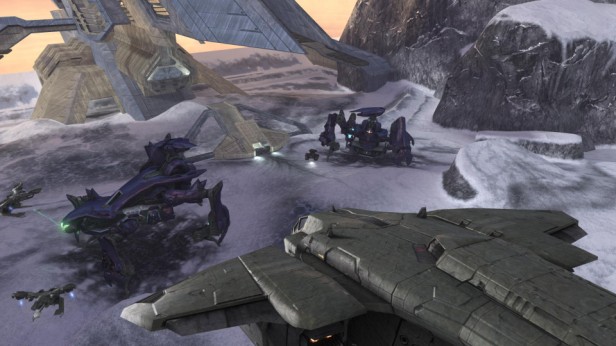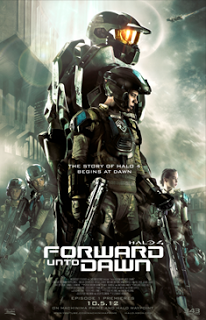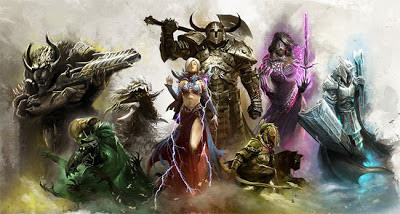December 20, 2012
In
Uncategorized
 |
| Little Fraud, the Corporate Champion, until he wasn’t. |
A lot can happen in a month, and a lot has indeed happened in the world of
Bazza87’s Video Game Championship Wrestling. Championships have changed hands, lives have been altered, surprising alliances have formed, rings have been destroyed, and, according to the chat, Half-Life 3 has been delayed again because this happened:
I still can’t believe Nappa hit Gabe Newell with a supersuplex and collapse the ring to win the match via TKO.
When we last checked Video Game Championship Wrestling, Nappa and Zangief were engaged in a violent feud that involved backstage fights, Link had just debuted but lost, which earned him the nickname “The Jobber of Time,” Adam Jensen had stopped Ganondorf from beating on Ezio with a steel chair, and Little Mac had just become the viewers’ most hated villain because he was perceived to have screwed Zangief, who had won an opportunity to challenge for Video Game Championship Wrestling’s Hardcore Internet All-Star Championship.
Since then, the Hardcore Internet All-Star Championship has changed hands from Ganondorf to Bowser to Adam Jensen of Deus Ex: Human Revolution fame to Kratos to Little Mac to Proto Man to Donkey Kong, who is the current champion. Ganondorf’s loss to Bowser was a particularly memorable loss: it was a rematch between Ganondorf and Bowser, and it took place in an Inferno Iron Man Match, which meant that the two characters were in a ring surrounded by fire, and the character that scored the most pinfalls or submission victories in 30 minutes would win the match. Bowser won the match 32 pinfalls to Ganondorf’s 5.
 |
| The Dark Lord fell in dramatic fashion. |
Meanwhile, the tag team championship has changed hands from the Team Fortress duo of Scout and Pyro to the team of GameCenter FU, composed of the Angry Video Games Nerd and Gamecenter CX’s Shinya Arino, to The Practice, made of Dr. Wily and Dr. Eggman. Little Mac and Zangief have resolved their feud, though Little Mac was recently run over by a mysterious black sedan, as these things go in professional wrestling.
The stream remains an arresting viewing experience, even though each show takes about 3-4 hours and they’ve occurred a little more frequently than I would like. Since November 26, Bazza87 has held a show on November 27, November 28, December 5, December 9, December 12, December 14, and December 19 and a special prototype show featuring female video game characters on December 15. The shows have all been entertaining, but it’s a significant time investment, and the pace could lead to burnout on both the presenter’s and the viewers’ sides. Some of the characters seem a little stale, but Bazza87 has tried to remedy this by holding elimination matches where the loser is erased from the roster. So far, Earthbound‘s Ness and President Obama have been eliminated.
The entertainment still comes from how nonsensical even the experience of describing what takes place during these shows can be. In the last paragraph alone, I mentioned that a character from a cult favorite NES roleplaying game and the current President of the United States have been eliminated from a made-up Internet-only fan-run professional wrestling league. The levels of abstraction from reality that exist in Video Game Championship Wrestling remain the key to why this works as well as it does.
The other part of the equation comes from the spontaneity that fuels the chat during the shows and how Bazza87 has reacted to the unexpected. Indeed, some of the best moments of watching Bazza87’s Video Game Championship Wrestling has come from dealing with WWE ’13‘s various bugs and glitches. The aforementioned epic Inferno Iron Man match between Ganondorf and Bowser showed that Yukes’s AI-controlled characters have trouble with specialty matches or matches with unusual stipulations. In that match, Ganondorf insisted on trying to force Bowser to submit to painful holds, but he refused to score pinalls on Bowser. On the other hand, Bowser had no such difficulties.
Also, the feud between Little Mac and Zangief began when Zangief won his shot at the championship in a match that lasted mere seconds because the game’s AI couldn’t coordinate six characters in a Money in the Bank Match, which requires wrestlers to climb ladders to retrieve a briefcase suspended above the ring. Because the match was so brief, Bazza87 determined that the match was glitched and held a rematch later in the show, which resulted in Little Mac winning the championship shot. Bazza87 then declared that Little Mac’s victory was the official result of the match, which led the chat to declare that he was “Baz McMahon,” styling him after Vince McMahon, who would involve himself in WWE’s storylines in overt and covert ways. Bazza87 would take to this role with relish, going so far as to control Vince McMahon as the referee in a match between Little Mac and Zangief.
A third example stands out. During a tag team match between the team of Dr. Eggman, Wesker, and Vegeta and the team of Duke Nukem, Donkey Kong, and Simon Belmont, Dr. Eggman glitched and stumbled around the ring while his teammates were beaten by their opponents. It seemed like Dr. Eggman’s glitch would cost his team the match, but Wesker and Vegeta were able to eliminate Simon Belmont and Donkey Kong, which forced Duke Nukem to fight all three villains alone. To everyone’s surprise, Duke Nukem was indeed able to pin Dr. Eggman, Wesker, and Vegeta, and the chat quipped that Duke Nukem’s performance in the match almost made up for Duke Nukem Forever.
Going forward, Bazza87 faces the challenge of continuing to deal with his league’s unpredictability. The recent championship churn demonstrates how difficult it can be to create compelling professional wrestling storylines when the organizer lacks the ability to directly control the results of matches. If we take our knowledge of how the Legend of Zelda games end, I think that Bazza87 introduced Link to Video Game Championship Wrestling to eventually dethrone Ganondorf, who at the time seemed invincible because he had beaten Dr. Eggman, the Angry Video Game Nerd, Scorpion, Little Mac, Bowser, and Ezio during his reign. But Link lost to Wario in his debut match, while Ganondorf lost his title to Bowser, so that storyline had to be scrapped. By wrestling logic, Zangief should have had an opportunity to challenge and possibly dethrone Little Mac after Little Mac won the championship, but Little Mac lost in his first title defense to Proto Man. Of course, Proto Man did survive this to win his shot at the championship:
 |
| Dr. Light builds them strong. |
Bazza87 also needs to contend with the lack of continuity in WWE ’13‘s tournaments. Wrestlers cannot accumulate injuries in tournaments, so they cannot reflect accurately the results of earlier matches during a tournament. For example, Proto Man did not exhibit any damage from falling off the top of the cage during his match with Gabe Newell or in the other matches during that tournament.
In a way, Bazza87’s Video Game Championship Wrestling stream is the best stress test that Yukes and THQ can have to see how WWE ’14 could improve over WWE ’13. The popularity of Bazza87’s Video Game Championship Wrestling stream, which now has increased from 150,410 viewers as of November 26 to 343,759 viewers as of December 20, demonstrates that Yukes should consider enhancing the game’s build-a-storyline and streaming capabilities. The stream also highlights areas where Yukes could and should improve the game’s AI, such as the bug where wrestlers get stuck in endless cycles of sending each other to the ropes with Irish whips or cycles of reversing each other’s pins after the 1 count. Indeed, when the hashtag “#THQuality” is popularized because of all the varied ways WWE ’13 breaks under the strain of frequent AI matches, as shown in Bazza87’s Video Game Championship Wrestling stream, I can only hope that Yukes and THQ are paying attention.

